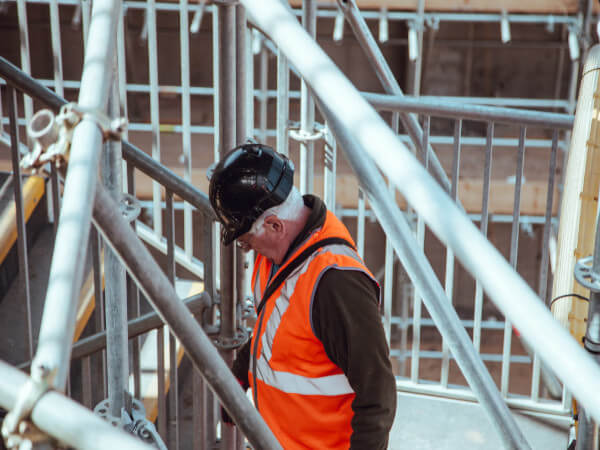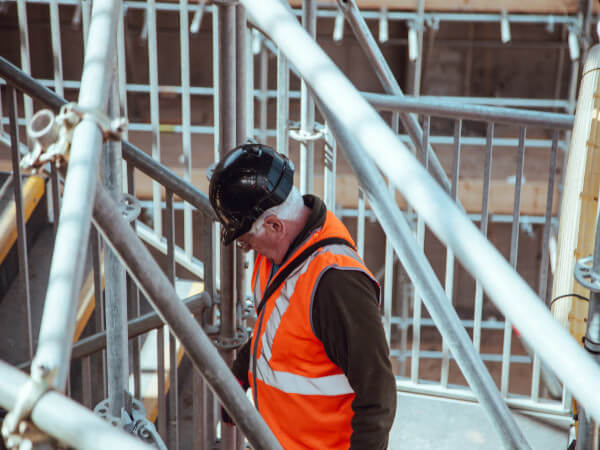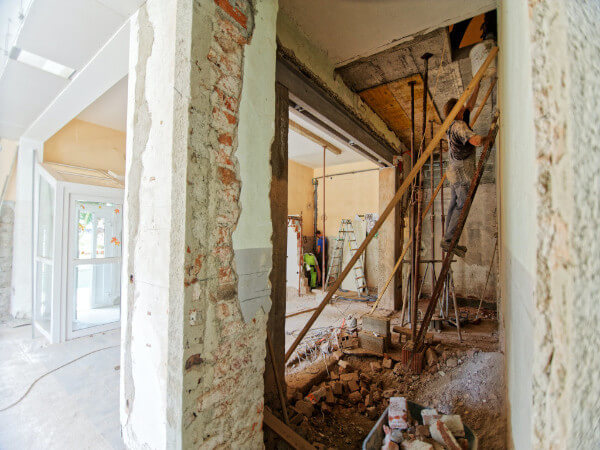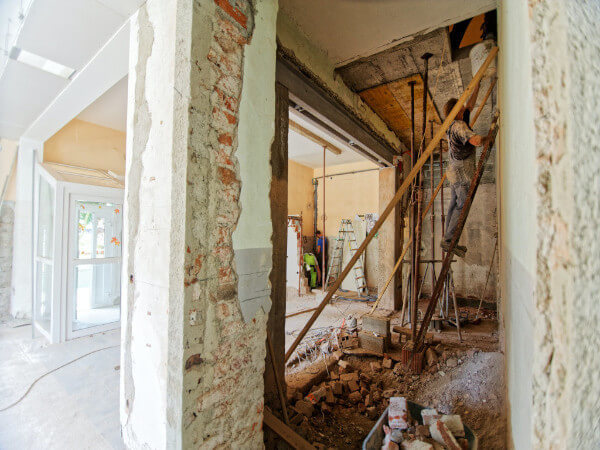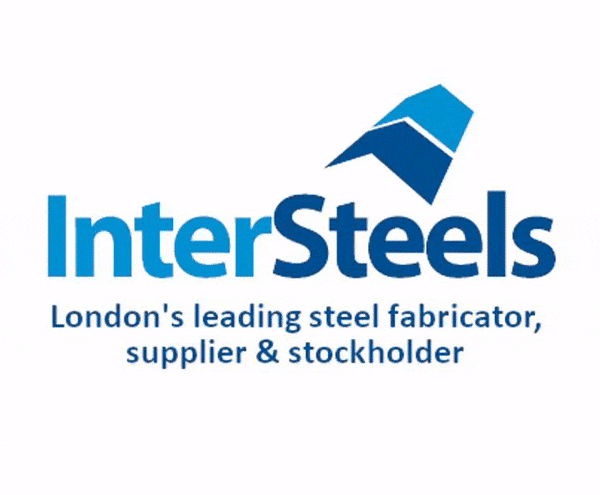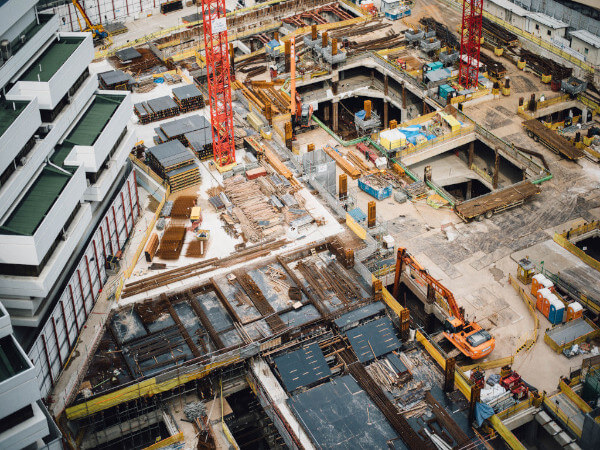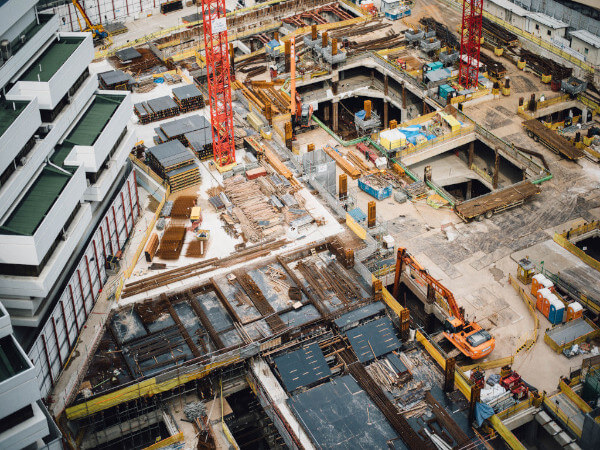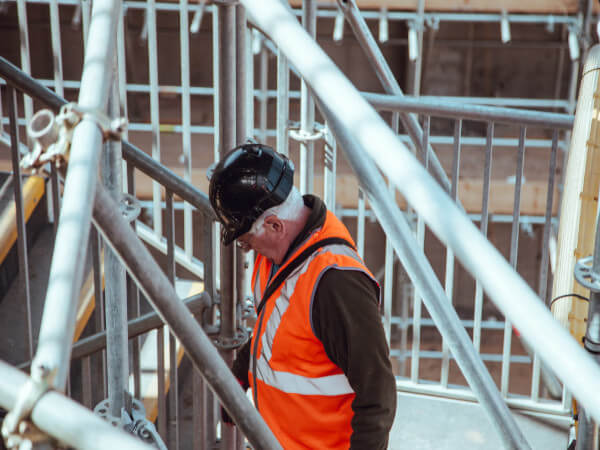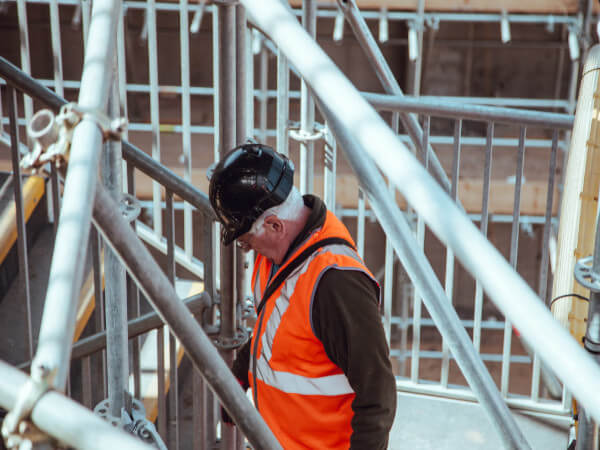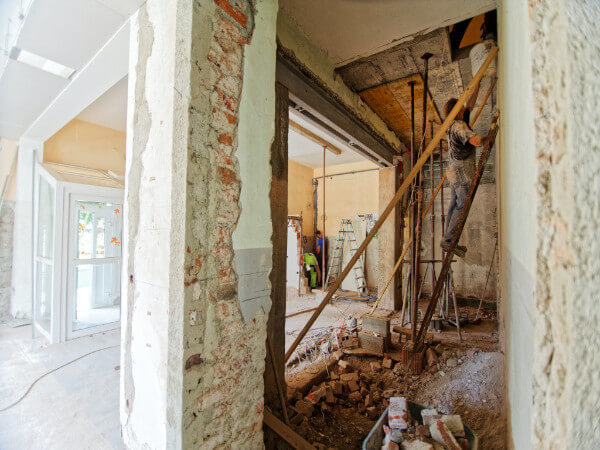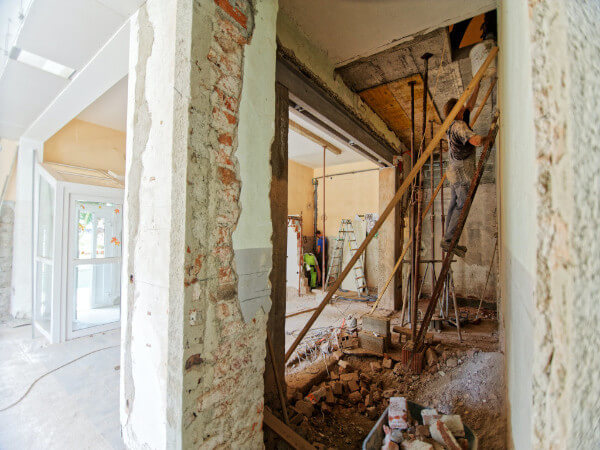
In an era of rising costs and new technology, here’s how to bring more accuracy to construction estimating.
When it comes time to kick off a new construction job, an accurate estimate is the first step toward project success. The best approach to the construction estimating process begins with a thorough understanding of the project, along with a team of estimators who are deeply familiar with the nuances of quality construction estimating. For contractors and business owners, this stage of the project can have a pronounced impact on your bottom line. According to a survey conducted by QuickBooks and TSheets, one in four construction companies would go out of business if they made just two or three inaccurate estimates.
As a resource, here are a few tools that will guide your team toward a successful construction estimating process, creating opportunities for new business and exceptional client relationships.
What is a Construction Estimate?
While construction estimates are hardly always accurate to the cent, successful projects start with accurate and detailed estimation efforts. If not, there can be ethical and even legal risks. For instance, in March, the SEC launched a federal probe into two leading construction contractors to uncover why their estimates were inaccurate.
The initial construction estimating process for large-scale projects usually begins with a specific team, known as estimators. They estimate the project by gathering proposals, plans, specifications, and related documents.
Overall, an estimate is the total price of the project, which includes all expenses, like materials and labor. It’s also important to note that there’s a common misconception around the definition of a bid vs. an estimate. A bid is a finalized offer in order for the construction project to proceed. In a bid, a contractor often specifies a construction price and project timeline. Usually, an accurate estimate is set before you place a bid.
The Cost Estimating Process and Terms to Know
Similar to the estimate vs. bid distinction, there are several terms to understand and keep in mind throughout the estimation process. In construction, these nuances are important to not only explain your approach to the client, but to speak internally with vendors, partners, and others in the industry. Simply put, speaking the “same language” can help minimize confusion and mistakes.
First, there’s a quantity takeoff. This is when the cost estimator accurately identifies and develops the required materials for the project. This step is crucial, as without an accurate takeoff, there will be inaccuracies in the project. Next, the estimator will use their experience to estimate the labor hours required to complete the project. A key factor in determining the labor hours is correctly identifying the relevant labor rates, which are the basic wages for all team members. The cost estimator will also consider overtime work and extra hours.
As the estimation process progresses, the team will begin to collect material prices and equipment costs. Both of these vary significantly, as the cost of a given material fluctuates greatly depending on market demand and supply, the quantity needed, the cost of transportation to the building site, and exchange rates. More importantly, the cost of equipment will include the capacity of the equipment and the cost differential if the equipment needs to be rented. In the unprecedented time of COVID-19, as shipping and logistical operations are delayed, this has become imperative to uncover and represent factually.
The estimator will also gather all subcontractor costs, including the price of the labor, materials, and equipment required by additional specialty contractors on the project. Lastly, to ensure all costs are covered in an accurate estimate, indirect costs need to be considered. This can include temporary on-site utilities, land acquisition, design fees, and office support.
4 Ways to Improve Accuracy in Construction Estimating
As technology continues to guide the latest and greatest in construction, the process of construction estimating has drastically improved due to more innovative tech platforms.
1. Embrace the cloud
One key industry innovation is the cloud-based estimation tool. This allows an estimator to utilize a 2D or even 3D model to predict the needs of a construction project. The cloud-based approach provides more accuracy by uncovering the true engineering needs of a project. This accuracy, in turn, offers the client a fuller picture of the estimation, and gives the estimation team a helpful tool to better present the construction job.
Another cloud-based approach involves executing a takeoff within the cloud for an estimation. Integrating the takeoff into the cloud allows for more security and collaboration among team members. It also eliminates the headaches of using license-based tools.
In addition, you can implement company-wide data standards by setting up project templates in the cloud that include takeoff types and classification systems. All of which enables consistency across your teams and project data.
And lastly, when estimators have access to the right information at the right time—i.e. centralized in the cloud—they’re capable of generating a competitive bid. Leveraging a cloud-based document management system for your quantification workflows helps ensure that all your estimators are working from the latest issued drawings and models. A major benefit there is that they are not missing critical information to create a competitive estimate.
2. Turn to automation
A truly innovative approach to estimation is known as the automated approach to a takeoff. When takeoffs are automated, estimators are freed up from the tedious task of manually counting supplies. They can easily visualize quantities in 3D to understand scope, complexity, and design intent. For example, one company was able to leverage a 3D model to get the correct number of doors needed for a project in a matter of minutes—a process that would have taken them over a day using a 2D drawing.
Automation as a tool is key in the preconstruction phase, as it allows a contractor to jumpstart the launch of a new job seamlessly, without getting bogged down by the nuances of an ordinary takeoff.
More and more, automation is offering firms a competitive advantage. They’re able to work faster and take on jobs that may have BIM requirements they weren’t able to meet in the past. In other words, automation allows contractors to access a whole new set of customers. And with the time-savings you get from automation, you can bid on more jobs and win more work.
3. Collaborate early
Teamwork is an essential first step in construction estimating, and this process fails if there’s not a culture of transparency and collaboration between the contractor, client, and estimator. Justin Davis, Executive Vice President of Preconstruction, Estimating, and Business Development at Walker Engineering explains the importance of collaboration during the estimation process this way: “Customers expect and trust [contractors] to fill in all the gaps, make sure that they’ve got their costs covered, and make sure that when we sit in a room, there’s transparency.”
Allowing teams to manipulate data and have visibility into scope removes oversight or double-ups on takeoffs. This is best accomplished in cloud-based takeoffs where data is centralized. With streamlined teamwork as a top priority, the goal should be to make estimating a collaborative process.
4. Leverage connected data
Lastly, the advent of data connectivity is the cornerstone to improving the accuracy of your construction estimate. When data lives in silos, information can get lost, which increases the likelihood of inaccurate estimating. More importantly, centralized data and information ensures more accuracy and facilitates a seamless transition from one project phase to the next.
It is truly a new era in creating an accurate and reliable construction estimate—contractors and business owners just need to understand the technology and platforms available at their fingertips.
Making the Most of your Construction Estimate
In construction, there’s nothing more important than delivering a quality, outstanding project that exceeds the expectations of your clients. This all begins with the estimate. And to build your estimate, you’ll need to identify the right quantities with an accurate takeoff. Your quantities, of course, will affect both cost and schedule, which will also be reflected in your estimate.
As the industry continues innovating, there are several resources to make your estimation process more accurate and helpful for your clients. Most importantly, an accurate estimate helps maintain your bottom line, as mistakes can be costly and sour reputations for future projects.
Looking to save time during estimating? Bid Board Pro saves the average estimator 8 hours per week by eliminating manual entry and consolidating everything needed to manage bids in one, easy-to-access place.Learn more.
The post Construction Estimating: 4 Winning Tips to Improve appeared first on Digital Builder.
